Alaska’s tundra is a place where nature reveals its most breathtaking secrets, offering wildlife photographers a unique canvas to capture the raw beauty of the wild. Vast, open landscapes stretch as far as the eye can see, creating a sense of freedom and tranquility that is hard to find elsewhere. The region is home to an incredible variety of animals, from majestic caribou and towering moose to elusive foxes and vibrant bird species, each offering photographers the chance to witness intimate moments in their natural habitat. Seasonal changes transform the tundra dramatically, providing dynamic backdrops that shift from golden autumns to pristine winter snowscapes. Light in Alaska’s tundra is especially captivating, with long summer days bathing the land in warm, soft hues, and the ethereal glow of winter creating striking contrasts. For photographers seeking adventure, inspiration, and unforgettable encounters with wildlife, Alaska’s tundra is truly a paradise waiting to be explored.
1. Abundant Wildlife Diversity
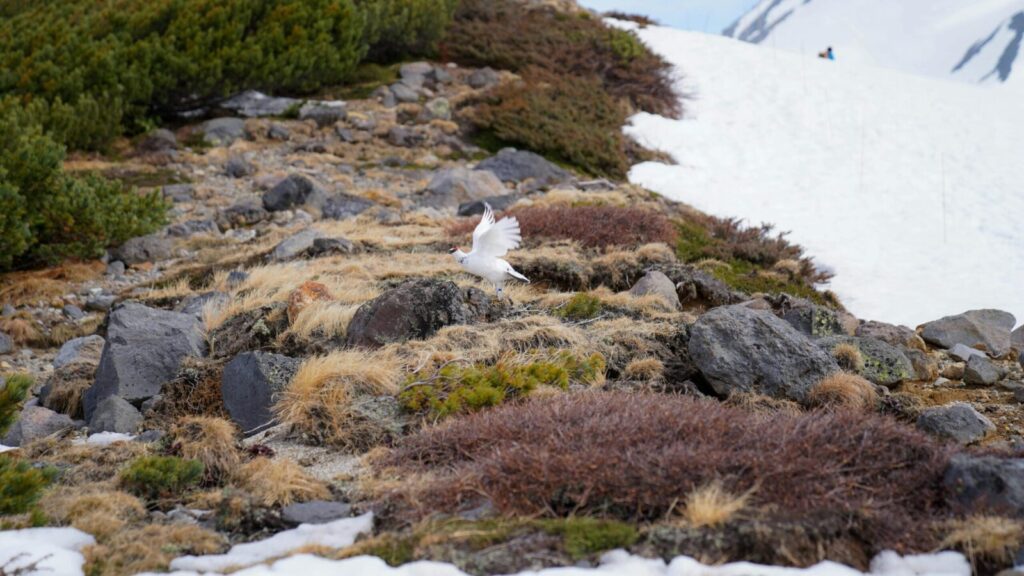
Alaska’s tundra hosts a remarkable variety of wildlife, giving photographers opportunities to capture unique species in their natural environments. From caribou and muskox to Arctic foxes and snowshoe hares, the tundra is alive with movement and life. Birdwatchers and wildlife enthusiasts will delight in the rich avian population, including ptarmigans, snowy owls, and migrating waterfowl. Each animal offers distinct behaviors, interactions, and moments that make for captivating photographs. The diversity ensures that photographers can explore multiple subjects in a single trip, capturing everything from action shots of predators in pursuit to serene portraits of grazing herbivores under vast skies.
2. Expansive and Dramatic Landscapes
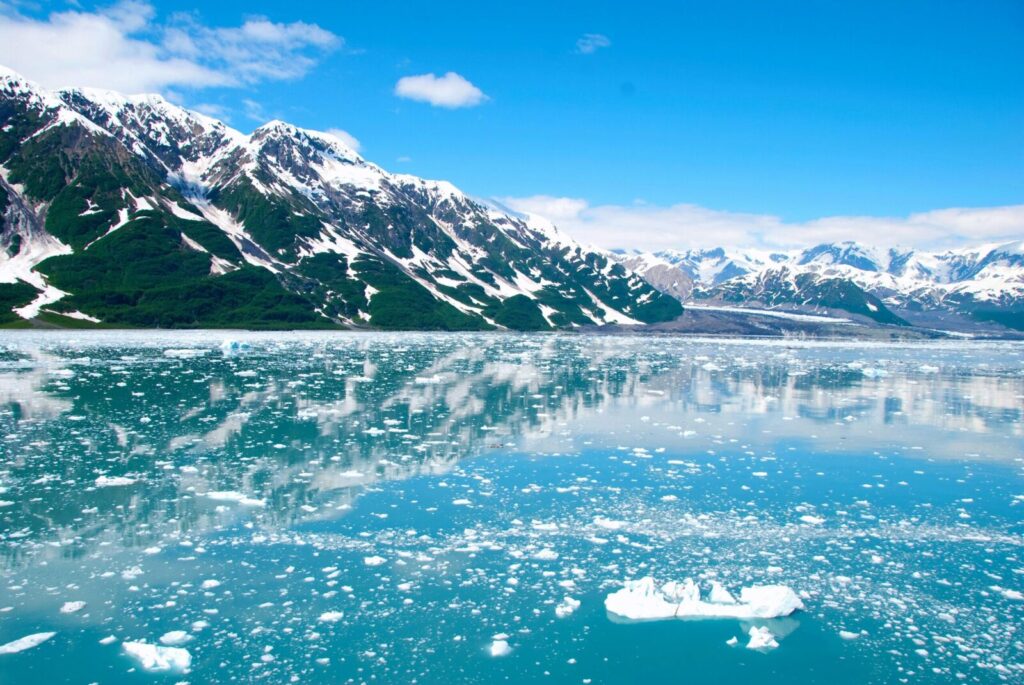
The tundra stretches endlessly, offering open vistas that allow photographers to experiment with composition, perspective, and scale. Rolling hills, distant mountain ranges, and winding rivers create natural frames for wildlife and landscape photography. The sense of vastness emphasizes the smallness of wildlife within their environment, adding emotional depth to images. Photographers can use wide-angle lenses to highlight the grandeur of the scenery or focus on close-ups against expansive backgrounds. The unspoiled terrain offers minimal human interference, allowing authentic moments to be captured without distractions. Every vantage point in the tundra presents a fresh perspective for storytelling through photography.
3. Seasonal Transformations

Each season dramatically changes the tundra’s appearance, providing photographers with ever-shifting canvases. Summer brings lush greenery, colorful wildflowers, and active wildlife, perfect for capturing vibrant and dynamic shots. Autumn turns the landscape golden and amber, creating rich tones that enhance wildlife portraits. Winter transforms the tundra into a pristine white wonderland, highlighting contrasts between animals and their environment. Seasonal shifts also affect animal behaviors, such as migration, hunting, and breeding, giving photographers chances to document rare and intimate moments. By returning throughout the year, photographers can build a diverse portfolio that reflects the tundra’s full cycle of life and beauty.
4. Unique Lighting Conditions
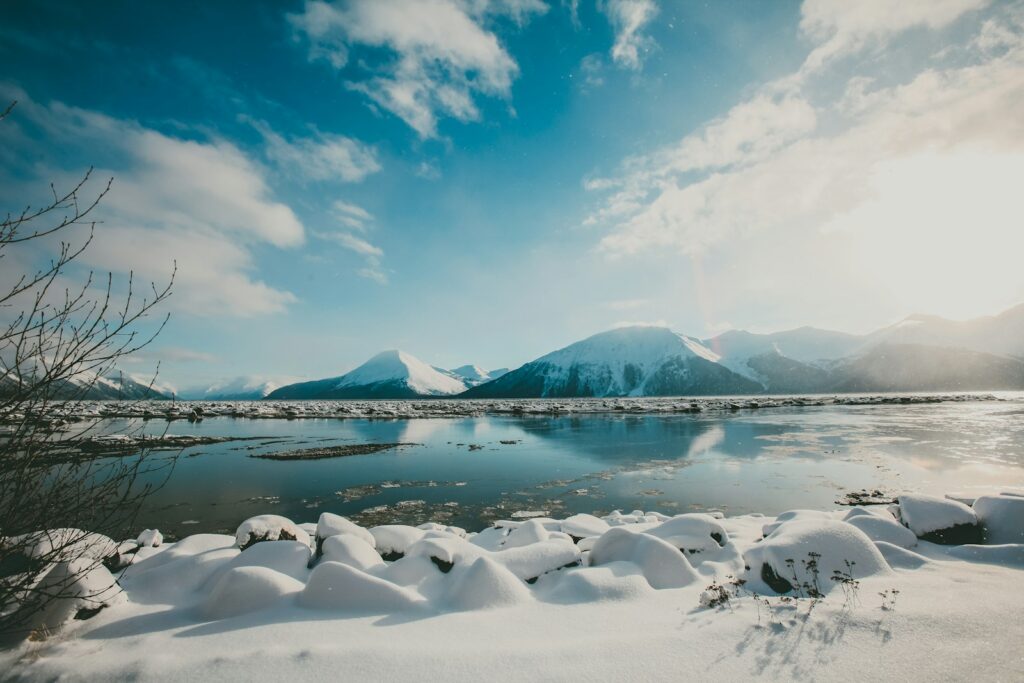
Alaska’s tundra offers exceptional lighting conditions that photographers treasure. In summer, the long days provide soft, golden light for extended periods, perfect for capturing landscapes and wildlife without harsh shadows. The midnight sun creates surreal effects, adding a magical quality to images. During winter, the low angle of the sun casts dramatic shadows and highlights textures in snow and ice, producing striking contrasts. The interplay of light and landscape enhances mood, depth, and atmosphere in photographs. Photographers can take advantage of these natural lighting conditions to create compelling visuals that highlight both the environment and its inhabitants.
5. Intimate Wildlife Encounters
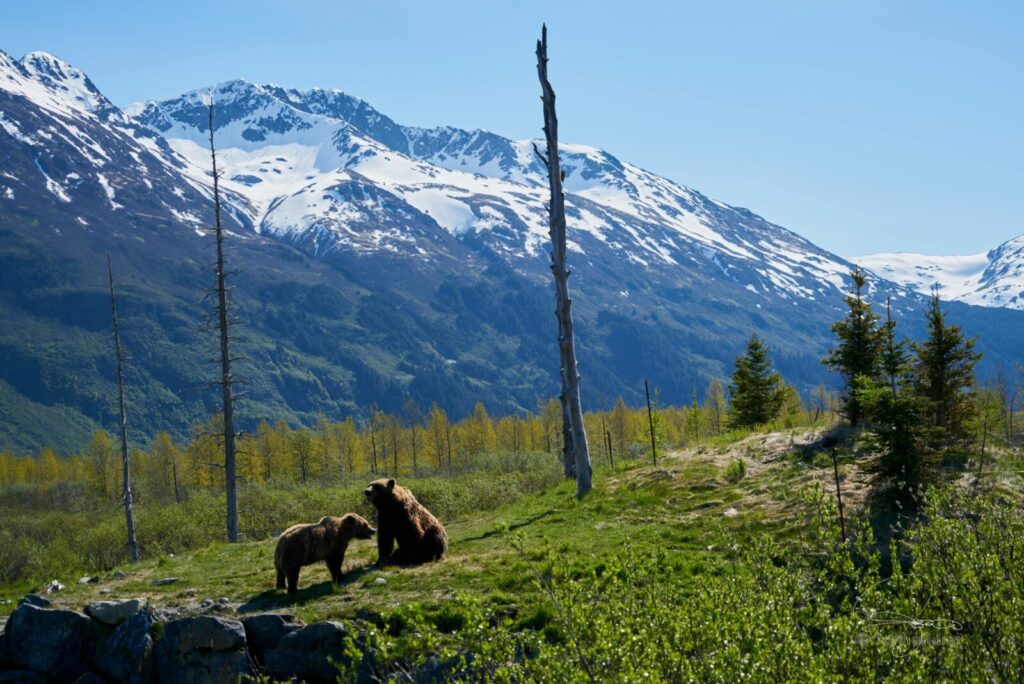
The tundra allows photographers to witness wildlife in close proximity while maintaining respect for their space. Many animals are accustomed to the open landscape, making it possible to observe behaviors like hunting, mating, or caring for young. These encounters provide rare opportunities for candid and emotional shots that tell a story beyond simple portraits. Photographers can capture moments that reveal the personality, interaction, and natural instincts of the animals. By exercising patience and awareness, it is possible to document interactions that few people ever see firsthand, creating a sense of connection between the viewer and the wild subjects.
6. Minimal Human Disturbance
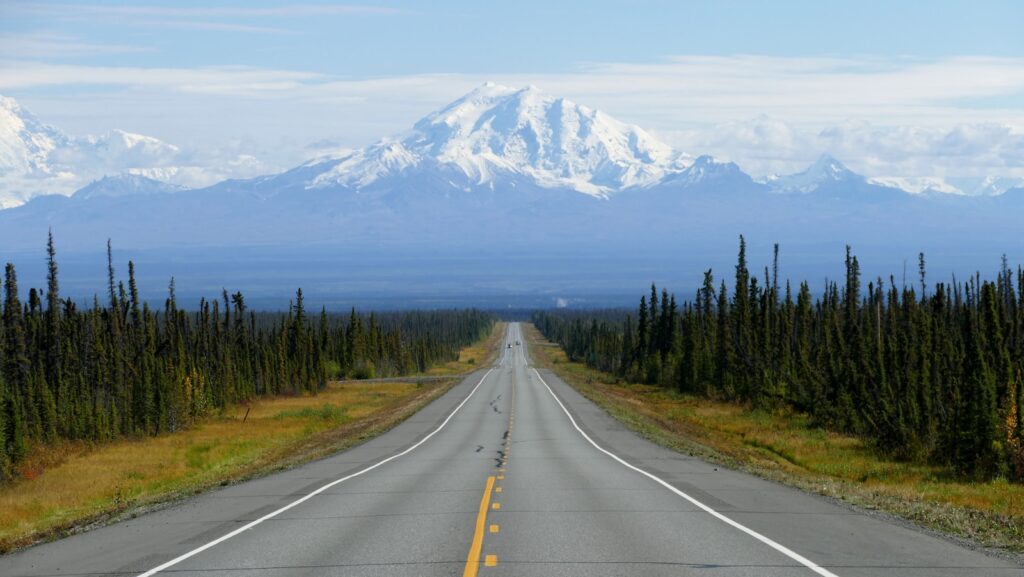
Unlike heavily trafficked natural areas, Alaska’s tundra remains largely untouched by human development. This solitude allows wildlife to behave naturally, free from disturbances that might alter their routines. Photographers benefit from this authenticity, capturing images that feel raw and true to the ecosystem. The absence of infrastructure, noise, and crowds also creates a peaceful environment for immersive photography experiences. This minimal human footprint ensures that photographers can focus fully on the subjects and scenery without distractions, enhancing both creativity and concentration while exploring one of the planet’s most pristine and unspoiled wildernesses.
7. Opportunities for Macro Photography

Beyond large wildlife and sweeping landscapes, the tundra offers fascinating subjects for macro photography. Delicate wildflowers, intricate lichens, and tiny insects provide detailed shots that reveal the subtle beauty of this environment. Seasonal changes enhance the diversity of small-scale subjects, from morning dew on plants to frost patterns in winter. Macro photography allows photographers to showcase elements often overlooked, complementing broader landscape or wildlife work. Capturing these details requires patience and a keen eye, but the results highlight the richness and complexity of the tundra’s ecosystem, demonstrating that its beauty exists on every scale.
8. Adventure and Exploration
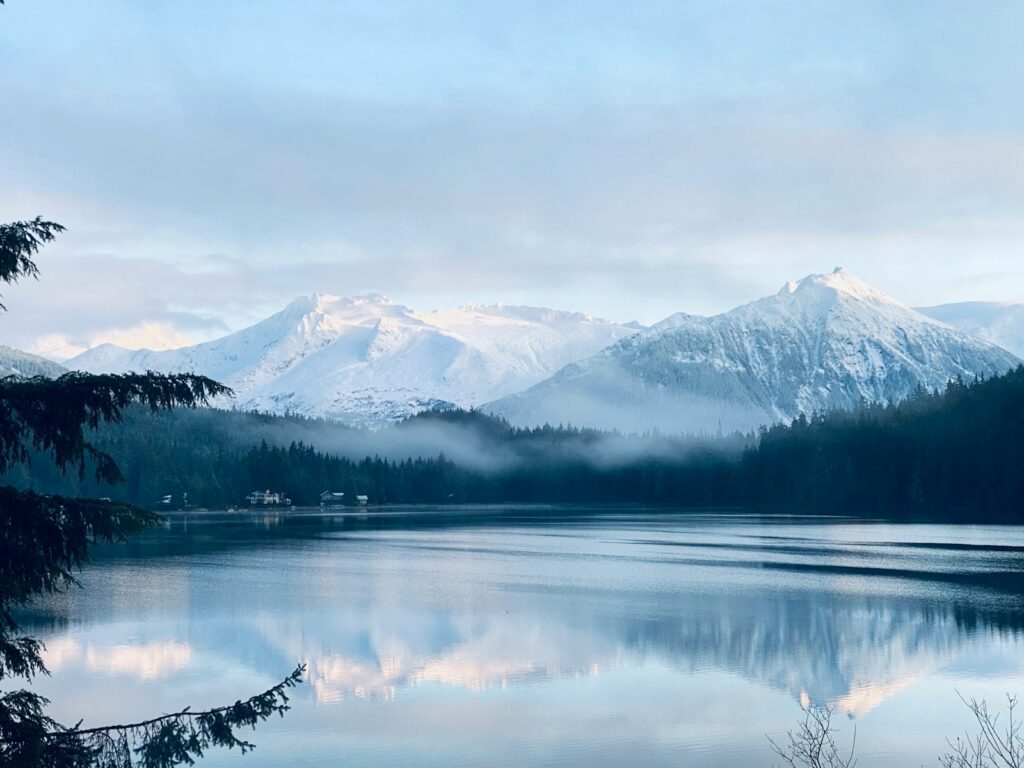
Photographing in Alaska’s tundra is as much an adventure as it is a creative pursuit. The rugged terrain challenges photographers to explore remote locations, often requiring hiking, kayaking, or even flying into inaccessible areas. This sense of discovery adds excitement to the photographic journey, encouraging unique angles, unexpected subjects, and fresh perspectives. Every outing brings the potential for serendipitous encounters with wildlife or dramatic weather events. The combination of adventure and photography creates a rewarding experience where the journey is as memorable as the images captured, inspiring photographers to push their skills and creativity further.
9. Capturing Migration and Seasonal Events
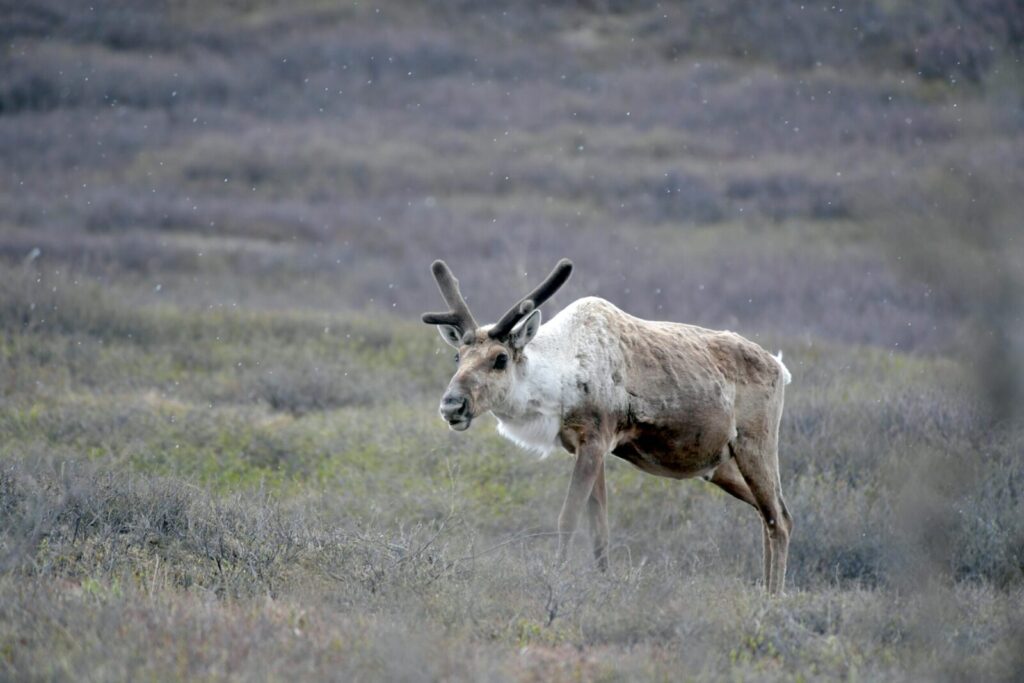
Alaska’s tundra is a hub for wildlife migration and seasonal events, offering photographers rare opportunities to document these phenomena. Caribou herds traverse vast distances, birds migrate in large flocks, and predators follow patterns dictated by seasonal shifts. Capturing these movements requires timing, observation, and patience, resulting in dynamic and compelling images. Seasonal events such as birthing, molting, or courtship add drama and storytelling potential to wildlife photography. These phenomena highlight the interconnectedness of the tundra ecosystem, allowing photographers to document cycles of life that reflect both survival and the beauty of nature’s rhythms.
10. Rich Cultural and Natural History
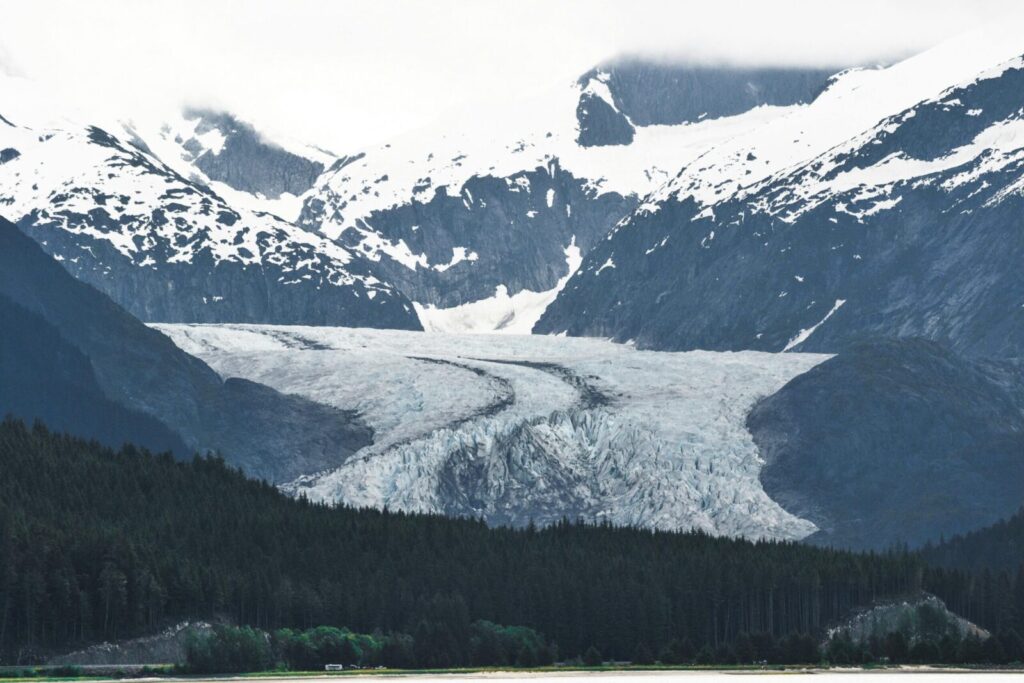
The tundra is not only a natural wonder but also a place steeped in cultural and historical significance. Indigenous communities have lived in harmony with this landscape for generations, and their traditions often revolve around the region’s wildlife and seasonal cycles. Photographers can capture glimpses of cultural practices alongside wildlife and landscapes, adding depth and context to their images. Understanding the relationship between people and the land enriches the photographic experience, offering stories that extend beyond pure nature photography. This connection between culture and environment makes the tundra a multifaceted subject for storytelling through imagery.
11. Endless Inspiration for Creativity
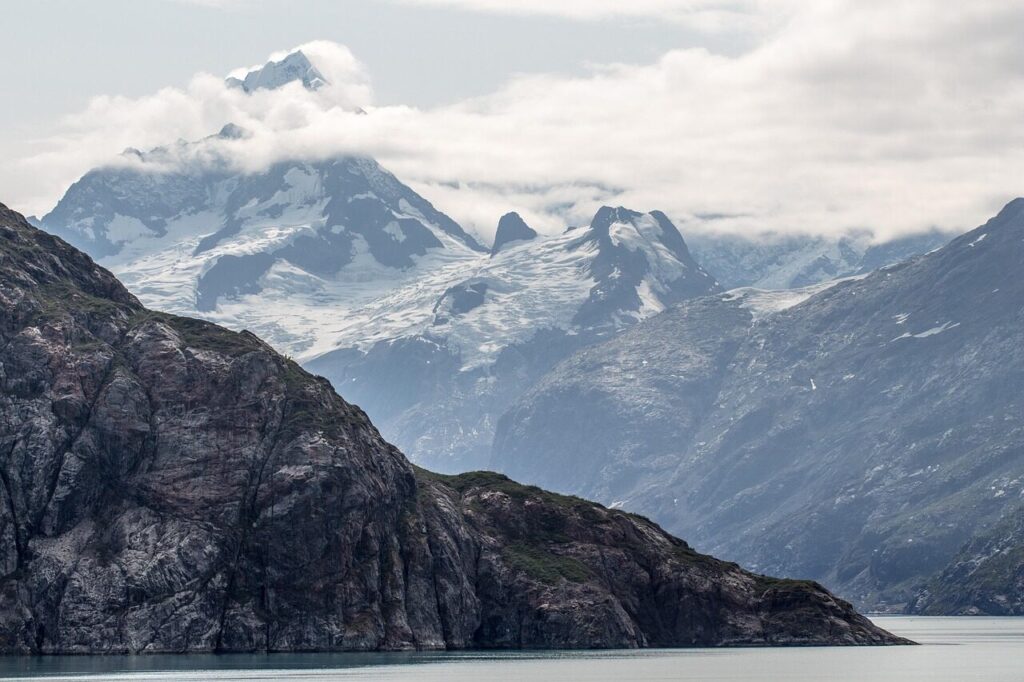
Alaska’s tundra continuously inspires creativity by offering endless subjects, moods, and compositions. Its diversity of wildlife, landscapes, and lighting conditions challenges photographers to experiment with techniques, perspectives, and storytelling. Photographers can create portfolios that blend action, serenity, macro details, and expansive vistas, all within one region. The solitude and beauty of the tundra foster reflection and artistic growth, pushing photographers to refine their vision and style. Every visit brings new opportunities for experimentation, ensuring that the creative potential of the tundra never diminishes, making it an unparalleled destination for anyone seeking to capture the essence of the wild.
Comments